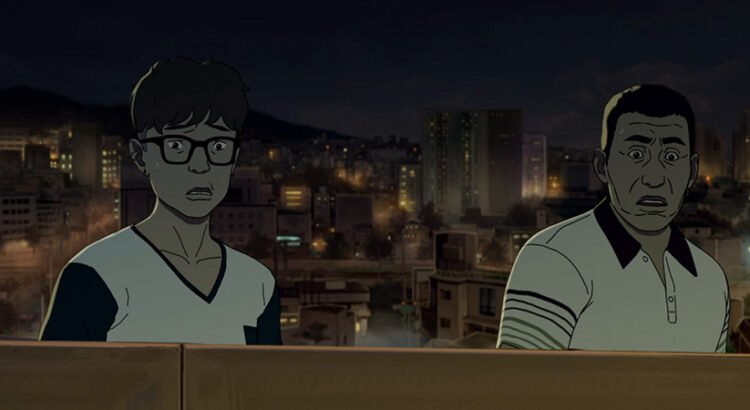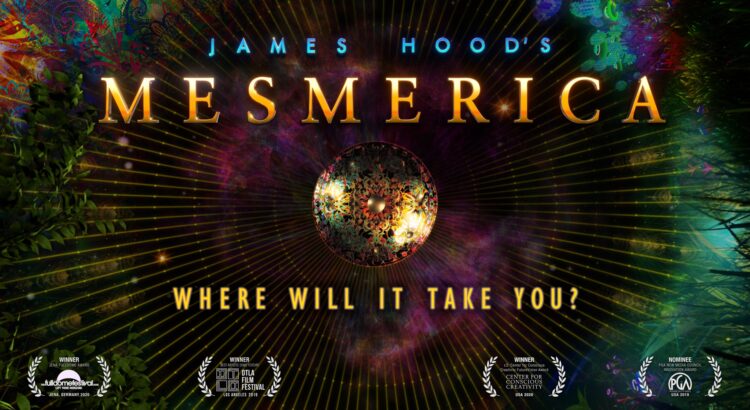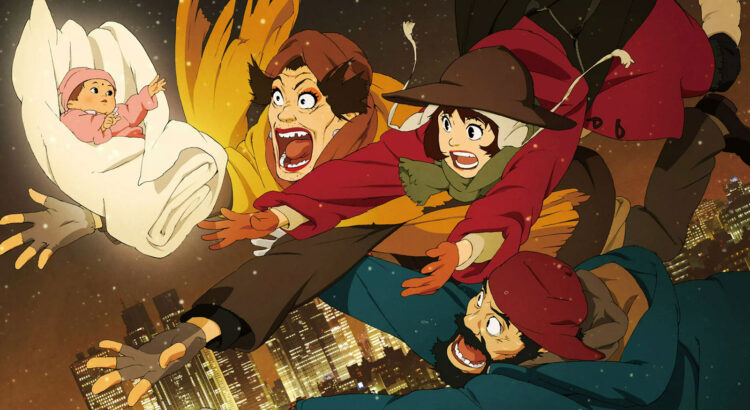Studio Ghibli has released multiple iconic works such as Princess Momonoke and Kiki’s Delivery Service, and they just dropped their newest film, The Boy and the Heron. Like Totoro, The Boy and the Heron is a semi-autobiographical fantasy story written by Hayao Miyazaki, one of the co-founders of Studio Ghibli. The main character’s name is Mahito, whose mother died in a fire. After a couple of years and still mourning her passing, he and his father move from Tokyo to the countryside. There, he meets a suspicious heron, and as suggested by the title, the plot thickens.
In my opinion, quite a few of Studio Ghibli’s works are rather abstract and The Boy and the Heron is no exception. However, I do think this movie was easier to understand and had more reasons for all the fantasy involved than some other films like Howl’s Moving Castle and Spirited Away (both are still my favorite Studio Ghibli movies though). When I watched the films as a child, I was fascinated by the world-building and unexpectedness of it all, but once I grew older and re-watched the films, I wanted more background information and explanation. I think this movie includes both elements well and thus reaches a large demographic. Furthermore, there are themes of life, death, family, and friendship that anyone can learn from.
I was surprised that Studio Ghibli released a new movie. Honestly, I thought the last animation they ever made was Ponyo in 2008, but they’ve been releasing works until 2014 with When Marnie Was There, which I’ve never seen or heard about. I would watch this film multiple times, and it’s showing at the State Theatre until December 14th with screenings in both Japanese and English. I watched the Japanese Dub with English subtitles version, and I noticed that the Japanese title is very different from the English one. In Japanese, the title is 君たちはどう生きるか (Kimitachi wa Dō Ikiru ka) and translates to ‘how do you live?’. I wish they hadn’t changed it, because I feel like the Japanese title has more meaning and inquisition to it. But now you guys know, so when you watch the film, keep in mind that the story is about more than just a boy and a heron.







